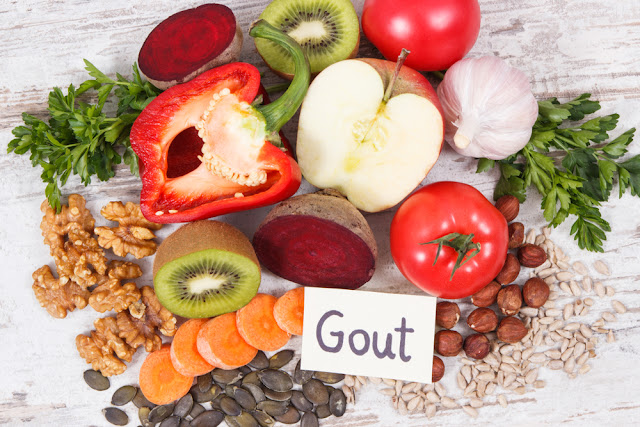Understanding Quarantine, Isolation, and Social Distancing

With the novel coronavirus (COVID-19) taking center stage across all media platforms, you are probably getting used to words such as "quarantine" and "self-isolation". But do you really know what these terms mean? Well, according to infectious disease expert, Dr. Steven Gordon, quarantine is not a scary thing. As a matter of fact, it is the most effective way to protect the public. So what does quarantine really mean? Quarantine simply means isolating people who are not sick, do not have symptoms, but may have been exposed to the sickness. Most governments use quarantines to contain the spread of a highly contagious disease. Therefore, if you've been in contact with a person suffering a disease, you are likely to be quarantined to reduce the chances of spreading the disease to others. Quarantine is used to control: Disease outbreaks - An outbreak happens when there is a sudden surge in the number of cases in a certain disease. Epidemics ...





